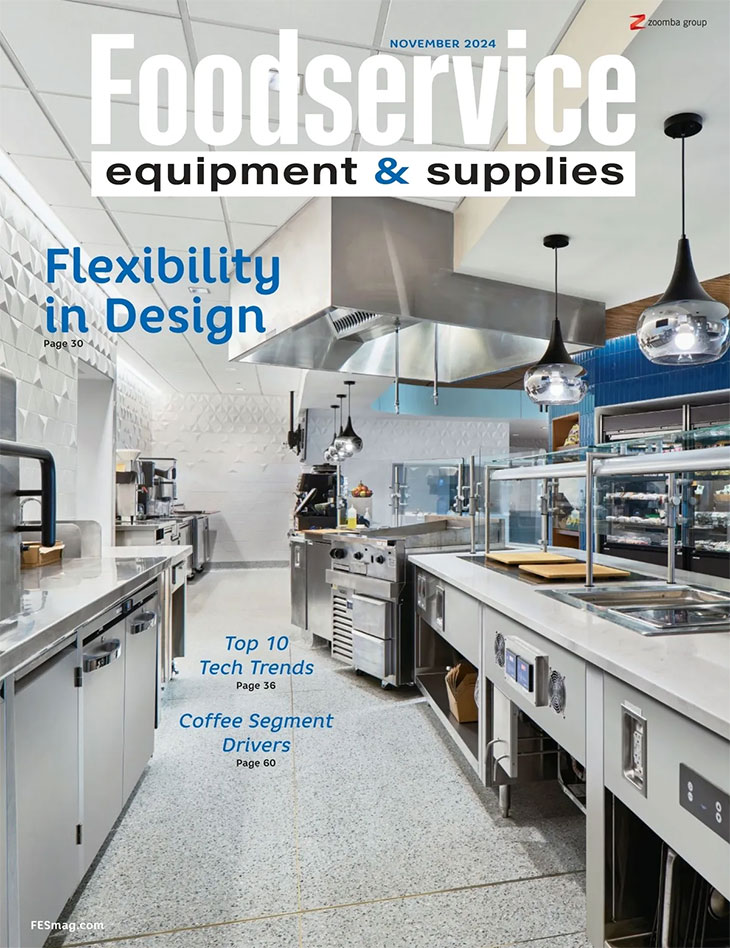Thermometers are required in commercial foodservice operations to track temperatures over a period of time in accordance with HACCP guidelines. The main goal is to cook, hold and serve food at safe and proper temperatures.
When specifying thermometers, look holistically at all equipment, making sure temperature monitoring is achieved. On a daily basis, make sure the temperature monitoring system can provide ongoing verification that food and equipment reach and maintain food-safe temperatures.
Temperature monitoring requirements vary, depending upon the demands of the operation.
“A small pizza place won’t need as many thermometers compared with a senior living community or school, where age-related risks come into play,” says Ray Soucie, senior project manager at Webb Foodservice Design, based in Anaheim, Calif.
With production kitchens cooking batches of food, such as catering operations or central commissaries that ship hot meals or blast chill and store food for a day or two, temperature monitoring can include many stages. “This includes hot, cold and rethermalized food censoring,” says Soucie. “Blast chillers and walk-ins typically have built-in thermometers.”
Although most equipment has built-in temperature monitoring devices, many health departments require separate shelf thermometers for added accuracy. “For example, when hot food is being cooled down quickly, such as in a walk-in, ice bath or blast chiller, a handheld probe should be used to make sure proper cooling temperatures are reached within 2½ hours,” says Soucie.
Universal temperature tracking systems can help control and consistency. “This is ideal for hospitals that may want a full tracking system monitoring all equipment, such as reach-ins, holding cabinets, walk-ins and cooking equipment,” says Soucie. “These monitoring systems enable operators to check the entire kitchen while on-site or remotely. If temperatures go out of the prescribed range, alerts are received on a smartphone.”
This can protect an operation from losing thousands of dollars’ worth of inventory. “We also recommend operators have handheld probe thermometers to spot-check serving lines and salad bars,” says Soucie.
While a simple thermostat with a dial thermometer is basic for outside of walk-ins, operators can also add a probe to dish machines’ rinse cycles for temperature sensing.
Infrared thermometers are contactless tools that measure temperatures from objects with larger surface masses. Because this type doesn’t come in contact with food, it requires no cleaning.
“It’s important to purchase thermometers that are easy to use and accurate,” says Soucie. “A thermocouple with a simple probe that works quickly and accurately will be used more often than a less reliable type.”












